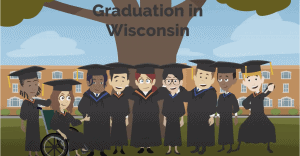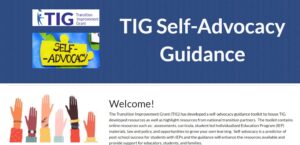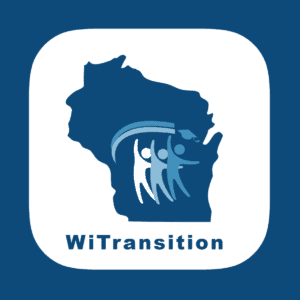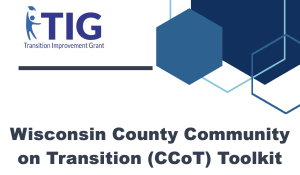Bloomer High School
Increasing instruction and professional dialogue
Principal Chad Steinmetz led Bloomer High School in implementing a new schedule during the 2012–13 school year, designed to increase flexible and additional instruction for higher levels of learning for all students, and increase the professional dialogue and collaboration between teachers.
Bloomer High School began with an eight-period day, with 46-minute periods and a 40-minute lunch. Students took six or seven classes and had open campus during lunch. There were 368 minutes of instruction available daily. Bloomer High School also had a modified schedule every Thursday to support an advisee program which focuses on character education, Alcohol and Other Drug Abuse (AODA) Program curriculum, and academic planning.
When building purpose for a new schedule, a team from the high school attended Professional Learning Community training in 2011 followed by the Wisconsin Association of School District Administrators (WASDA) Response to Intervention (RtI) Summit in Green Bay in 2012. There was ongoing professional development to ensure all staff understood the importance of a framework for defining the organization to ensure academic and behavioral success for all students. In the summer of 2012, the leadership team met with a Wisconsin RtI Center technical assistance coordinator to discuss high school implementation and scheduling.
A new schedule and a new beginning
Initial implementation of a new schedule began in fall 2012 with a nine-period day. There were eight class periods of 43 minutes, with students taking seven or more classes. There was also a 30-minute enrichment period. This increased the minutes of instruction to 374 per day. Lunch was reduced to 30 minutes, and open campus was based upon a privilege system for sophomores, juniors, and seniors only.
The enrichment time had clear expectations for both students and staff. Enrichment time is considered a selected-level intervention based upon the need of the student. Stars Enterprise is used as a universal screener to plan for individual student needs and to analyze the effectiveness of the universal instruction. Advisee time has continued on Thursdays; however, now this advisee time is more systematically applied.
Enrichment time also supports collaboration for teachers. Every teacher is assigned to two collaborative teams: a grade-level team and a content-based team. One week per month is designated as “A” week. During this week, grade level teams meet during the enrichment period to plan interventions for students.
Teams utilize universal screening data, including Stars Enterprise, grades, behavior, and attendance, to plan instruction. One week per month is designated as “B” week. During this week, content-based teams meet during the enrichment period to plan to improve universal instruction for all students. Teams utilize universal screening data, including Stars Enterprise, to determine the effectiveness of universal instruction.
Improvements and advantages of the new schedule
Bloomer High School has seen a variety of improvements and advantages for their students as a result of the schedule changes. All students have increased learning and increased instructional time. Relationships between grade-level advisors and students have been deepened.
Because advisors have access to attendance, grades, and behavior records, the increased level of information has led to improvements in all areas. School safety is increased with the reduction in open campus. The school counselor is available to all teams. Collaboration time is increased for all staff, which leads to increased student achievement by increasing the responsiveness of the school system to meeting student needs.
Collaboration time is increased for all staff, which leads to increased student achievement by increasing the responsiveness of the school system to meeting student needs.




 TIG Self-Advocacy Guidance Google Site
TIG Self-Advocacy Guidance Google Site 
 Wisconsin County Community on Transition (CCoT) Toolkit
Wisconsin County Community on Transition (CCoT) Toolkit